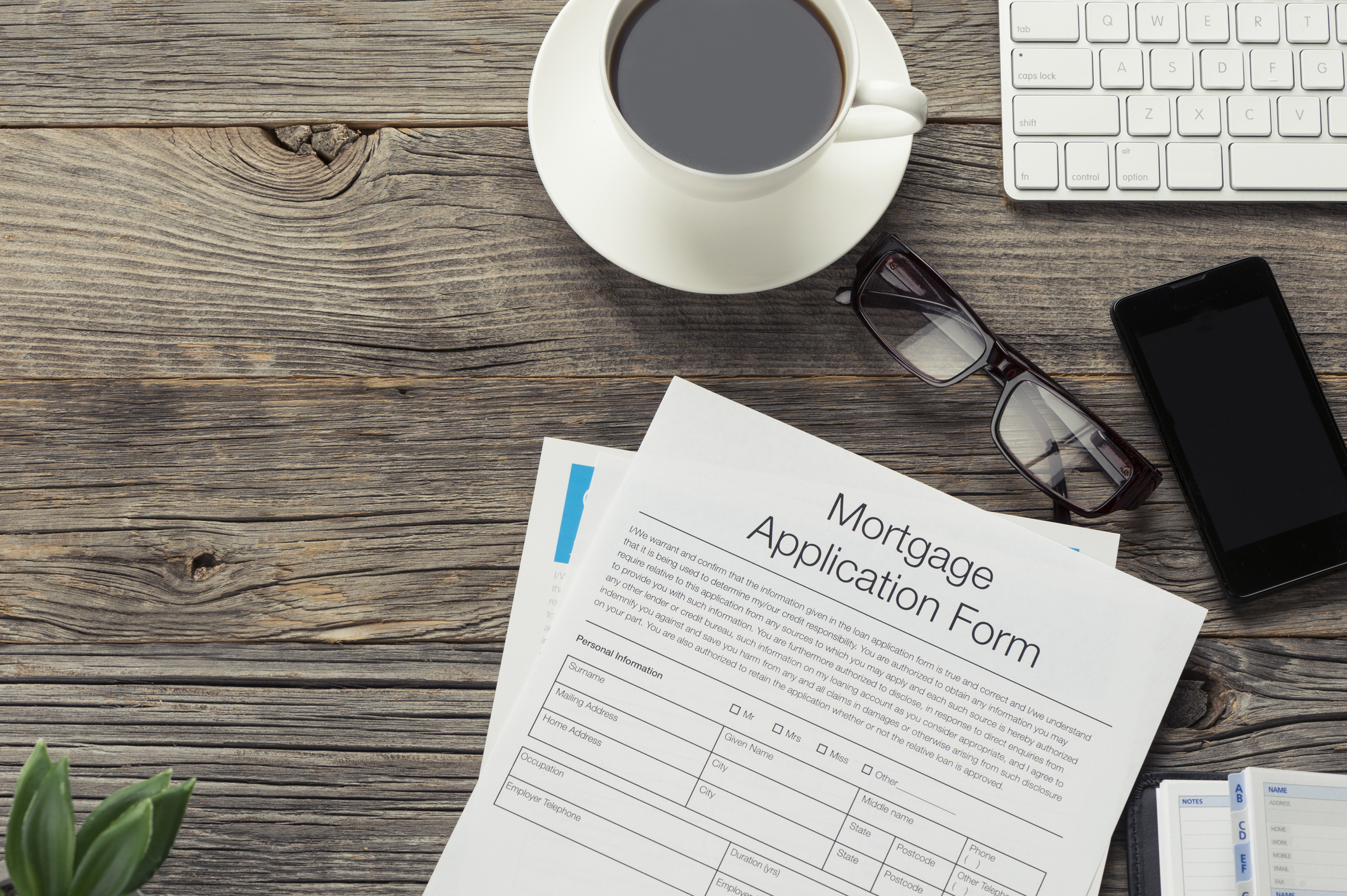
It’s becoming harder to get a mortgage if you’re self-employed, with Santander the latest lender to tighten its criteria for self-employed and freelance applicants.
The move comes after a series of banks introduced new lending rules in the wake of the latest COVID-19 lockdown.
Here, Which? explains how recent rule changes affect self-employed mortgage applicants and offers advice on boosting your chances of getting accepted.
Santander limits self-employed borrowers to 60% mortgages
Self-employed applicants will only be able to borrow up to 60% of a property’s value under tough new rules introduced by Santander.
This means you would need a deposit of 40% to get a mortgage – that’s just under £100,000 on an average-priced house.
Santander says the changes are temporary and have been brought in because of the complexity of self-employed applications.
Helen Harrison of Santander says: ‘Due to the additional paperwork involved, applications from self-employed customers can take longer to review and, in view of our current service times, [the] changes will ensure we can progress existing applications as quickly as possible.’
The new rules won’t affect the bank’s existing customers when they come to remortgage.
Santander currently allows employed applicants to apply for loans at up to 90% loan-to-value (LTV).
Have other banks changed their lending rules?
Self-employed people have always had to jump through more hoops to get a mortgage, but these struggles have been exacerbated by the COVID-19 outbreak.
The pandemic has caused two big issues for lenders: they’ve needed to reduce their risk at a time of economic uncertainty, and they’ve struggled to keep up with demand from applicants and queries from existing customers.
This has led to some lenders putting limits on their mortgage deals, and self-employed borrowers are among those worst affected.
Some of the other restrictions in place with other lenders are as follows:
What’s changed with self-employed mortgage applications?
As well as setting strict limits on how much self-employed people can borrow, banks are also increasing the amount of diligence they undertake before signing off on loans, meaning the process can be more complicated and take much longer than before.
Will Rhind of the online mortgage broker Habito says: ‘Banks have been asking self-employed applicants to complete a questionnaire before applying so they can make an initial assessment.
‘When someone does make a full mortgage application, we’re seeing almost all cases are being referred to manual underwriting, which typically takes longer to approve.
‘Rather than relying on a company’s turnover from the past two or three years to make the assessment, lenders are now also reviewing turnover in the last three or six months to see if there has been a significant change since lockdown restrictions were implemented.
‘If an applicant has taken financial support from the government or if their business completely closed during lockdown, lenders seem to judging them more harshly.’
Five tips on boosting your mortgage chances
1) Speak to a mortgage broker
Navigating the mortgage market can be a challenge, and that’s especially the case if you’re self-employed.
With this in mind, it’s can be useful to seek advice from a whole-of-market mortgage broker.
A good broker can assess your financial circumstances to pinpoint which lender is most likely to offer you a deal.
This can save you a significant amount of time and prevent failed mortgage applications, which can leave a mark on your credit report.
2) Use an accountant
With lending rules getting stricter, it’s more important than ever before to ensure your numbers add up.
Some lenders will only consider applications if you’ve got up-to-date accounts signed off by a certified or chartered accountant.
It’s common for accountants to legally minimise your declared income so you’ll pay less tax, but be warned that lower profits on your accounts could affect how much you can borrow when applying for a mortgage.
3) Get your paperwork together
It’s crucial to get your annual tax calculations together for each year of accounts.
Lenders will often require three years of accounts, so you’ll need to be able to provide three SA302 forms, which show you annual tax calculation.
If you file your taxes online by self-assessment, you can print these off by logging in to your account, but if you file by post you’ll need to contact HMRC.
4) Save a bigger deposit
The bigger your deposit, the easier you’ll find it to get a mortgage.
In the current market, you might need a deposit of at least 15% to get a mortgage as a self-employed applicant.
If you haven’t been self-employed for long or the pandemic has significantly affected your income, you may need a considerably bigger down-payment.
5) Make sure your credit report is up to scratch
Before applying for a mortgage, ensure everything is correct on your credit report. For example, are you on the electoral roll at your current address?
There are lots of steps you can take to boost your credit file, including paying off outstanding debts and closing dormant accounts.
Be careful about your spending habits in the year before applying for a mortgage, as lenders are more likely to take this into account.
Best and worst mortgage lenders
Taking out a mortgage is a big commitment, so you’ll want to ensure you’re applying with a lender that combines great deals and looks after its customers.
For our mortgage lender reviews, we analyse the best deals on the market in a range of scenarios and survey members of the public about the quality of their bank’s customer service.
Check out our full mortgage lender reviews to find out the lenders that achieved coveted Which? Recommended Provider status.



